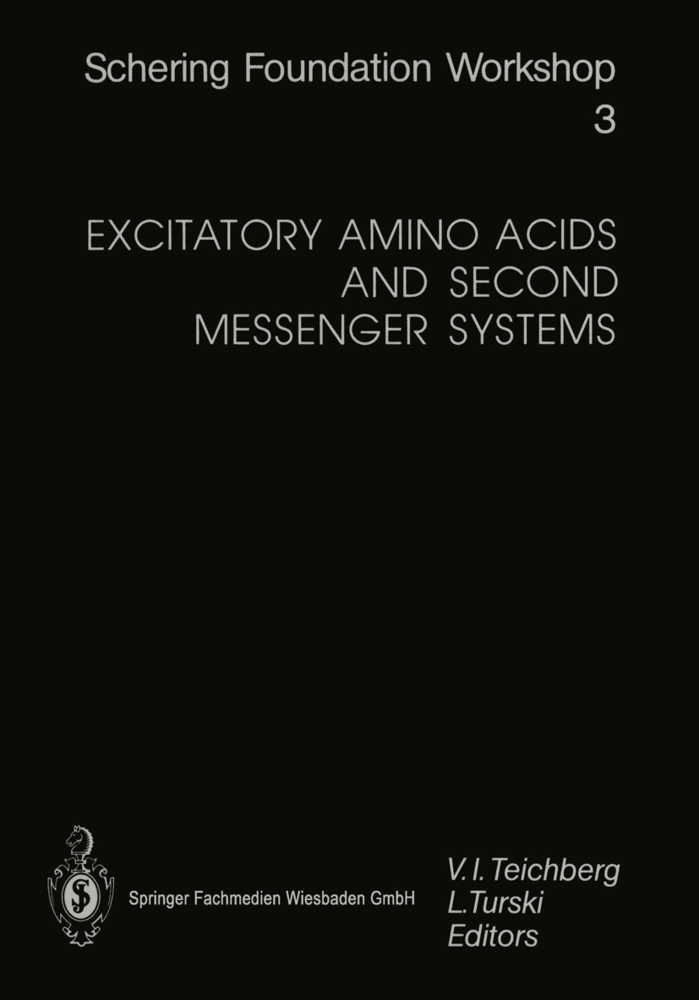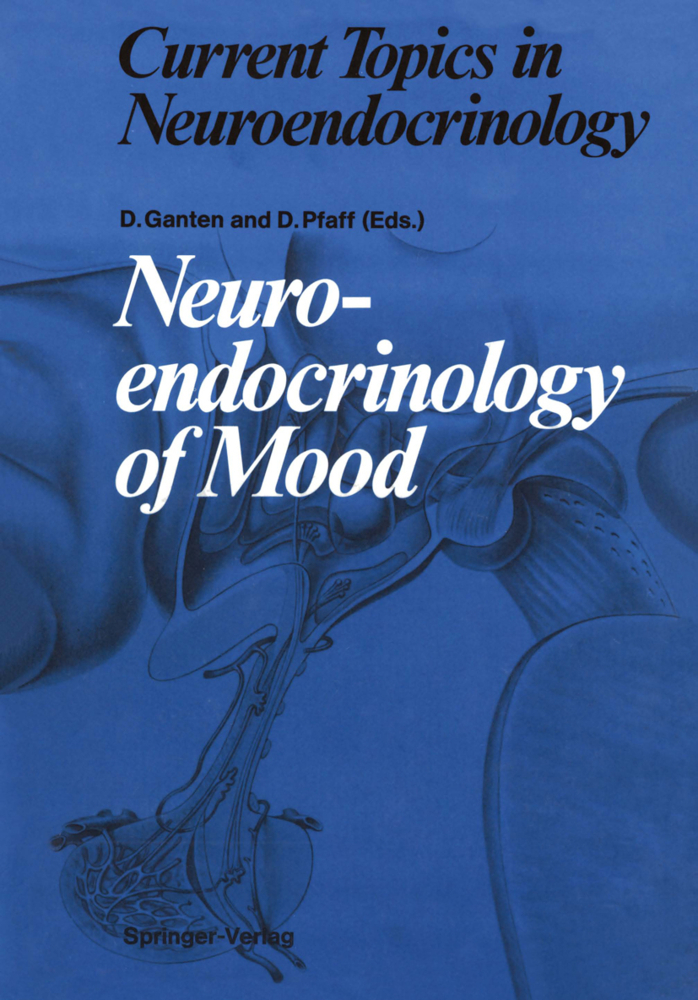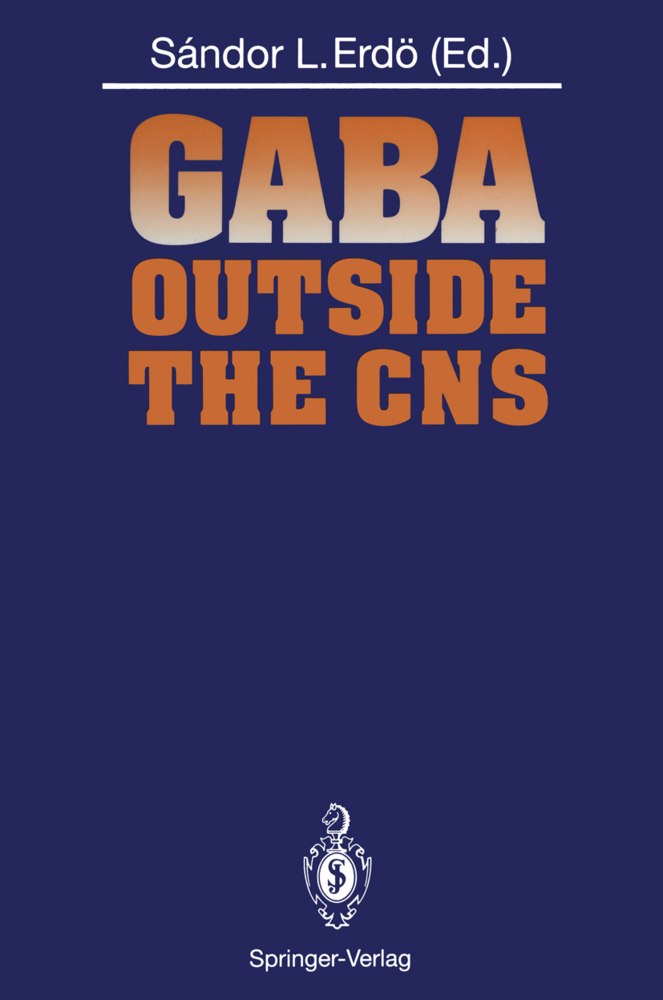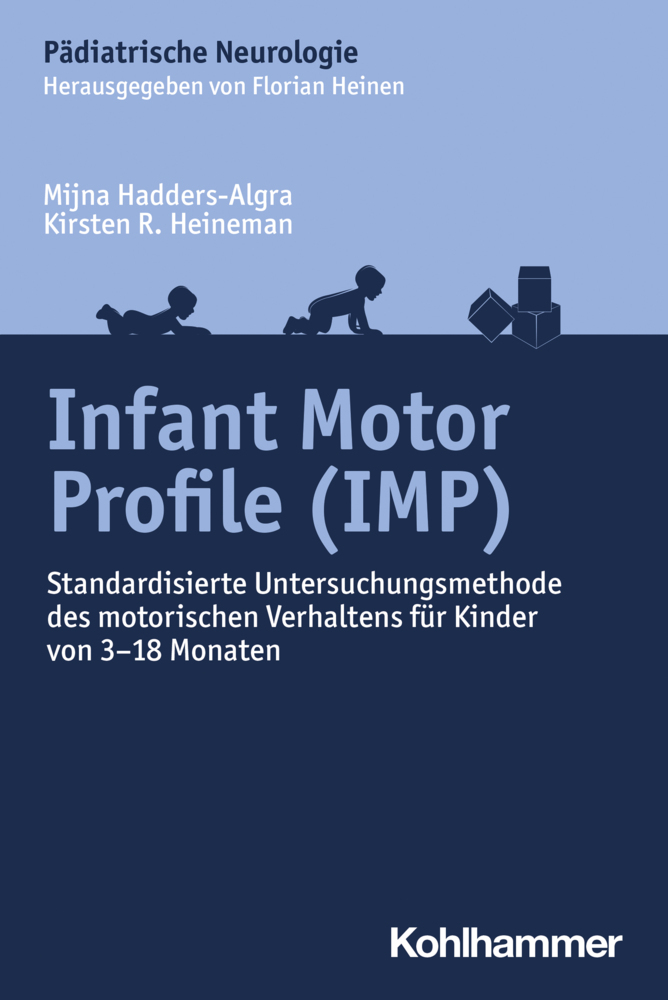Excitatory Amino Acids and Second Messenger Systems
Excitatory Amino Acids and Second Messenger Systems
The renewal of interest in excitatory amino acids in the 1980s has altered the direction of neurobiology. L-Glutamate, widely regarded as a general perpetu ator of nonspecific excitation, has become generally regarded as a widely dis tributed and important neurotransmitter in the CNS. In the past three decades evidence has accumulated that excitatory amino acids are involved in many neurological diseases and that pharmacological intervention may offer pros pects of novel and more effective therapies. Numerous studies on experimen tal animals demonstrate that excitatory amino acid antagonists have anxio lytic, antiepileptic and muscle relaxant effects. Particular interest has developed in the possible neuroprotective efficacy of excitatory amino acid receptor antagonists in neurological diseases such as hypoxia/ischemia, hypo glycemia, epilepsy, and chronic neurodegenerative disorders (Huntington's, Alzheimer's, and Parkinson's disease, amyotrophic lateral sclerosis, and AIDS). Thus, the drugs changing neurotransmission mediated by excitatory amino acids possess potential therapeutic value. This volume is part of the Schering Research Foundation Workshop Series. It is the goal of the Schering Research Foundation to promote the asso ciation between industrial and basic research. The support and the organiza tion of highly qualified symposia belong to the armamentarium by which this purpose is fulfilled, and we are convinced that the workshop "Excitatory Amino Acids and Second Messenger Systems" has contributed to this. Gunter Stock Ursula-F.
3 From Excitatory Amino Acid Receptors to Long-Term Potentiation: An Insight into the Role of Ca2+
4 Evidence that Arachidonic Acid Plays a Role in Long-Term Potentiation
5 Glutamate Release by Reversed Glutamate Uptake Is Inhibited by Arachidonic Acid
6 Intracellular and Intercellular Messengers Produced by Metabotropic (Qp), AMPA, and NMDA Excitatory Amino Acid Receptors
7 Glutamate Receptors, Nitric Oxide, and Cyclic GMP
8 Nitric Oxide: A Messenger of Cerebellar Granule Cells
9 Protein Dephosphorylation as a Mediator of NMDA Receptor Signal Transduction
10 Phosphoinositide-Linked Glutamate Receptors: Prominent Actions in Neurons and Glia
11 Neuromodulation of Non-NMDA Class Glutamate Receptor Channels in Hippocampal Neurons
12 Regulation of Glial Kainate Receptor Function by Extracellular Ligands and Intracellular Messengers.
1 Diversity and Organization of Excitatory Amino Acid Receptors in the CNS
2 Molecular Biology of Glutamate-Gated Channels: Focus on AMPA and Kainate3 From Excitatory Amino Acid Receptors to Long-Term Potentiation: An Insight into the Role of Ca2+
4 Evidence that Arachidonic Acid Plays a Role in Long-Term Potentiation
5 Glutamate Release by Reversed Glutamate Uptake Is Inhibited by Arachidonic Acid
6 Intracellular and Intercellular Messengers Produced by Metabotropic (Qp), AMPA, and NMDA Excitatory Amino Acid Receptors
7 Glutamate Receptors, Nitric Oxide, and Cyclic GMP
8 Nitric Oxide: A Messenger of Cerebellar Granule Cells
9 Protein Dephosphorylation as a Mediator of NMDA Receptor Signal Transduction
10 Phosphoinositide-Linked Glutamate Receptors: Prominent Actions in Neurons and Glia
11 Neuromodulation of Non-NMDA Class Glutamate Receptor Channels in Hippocampal Neurons
12 Regulation of Glial Kainate Receptor Function by Extracellular Ligands and Intracellular Messengers.
Teichberg, Vivian I.
Turski, Lechoslaw
| ISBN | 978-3-662-22668-1 |
|---|---|
| Artikelnummer | 9783662226681 |
| Medientyp | Buch |
| Copyrightjahr | 2014 |
| Verlag | Springer, Berlin |
| Umfang | XVII, 186 Seiten |
| Abbildungen | XVII, 186 p. |
| Sprache | Englisch |










